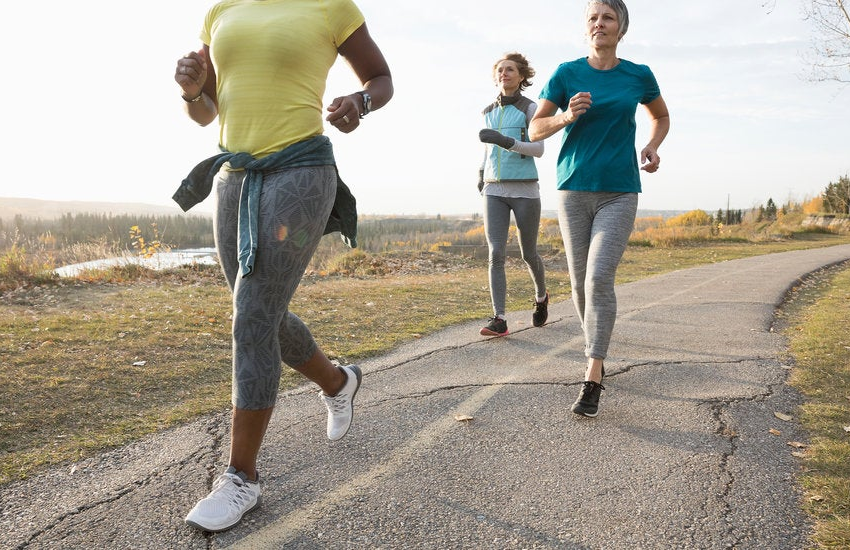Advertisement
Supported by
Phys Ed
The muscles of older men and women who have exercised for decades are indistinguishable in many ways from those of healthy 25-year-olds.
The muscles of older men and women who have exercised for decades are indistinguishable in many ways from those of healthy 25-year-olds, according to an uplifting new study of a group of active septuagenarians.
These men and women also had much higher aerobic capacities than most people their age, the study showed, making them biologically about 30 years younger than their chronological ages, the study’s authors concluded.
All of us are aging every second, of course, which leads many of us also to be deeply interested in what we can expect from our bodies and health as those seconds — and subsequent years and decades — mount.
Worryingly, statistics and simple observation suggest that many elderly people experience frailty, illness and dependence.
But science has not established whether and to what extent such physical decline is inevitable with age or if it is at least partially a byproduct of our modern lifestyles and perhaps amenable to change.
There have been hints, though, that physical activity might alter how we age. Recent studies have found that older athletes have healthier muscles, brains, immune systems and hearts than people of the same age who are sedentary.
We are having trouble retrieving the article content.
Please enable JavaScript in your browser settings.
Thank you for your patience while we verify access. If you are in Reader mode please exit and log into your Times account, or subscribe for all of The Times.
Thank you for your patience while we verify access.
Already a subscriber? Log in.
Want all of The Times? Subscribe.
Advertisement

